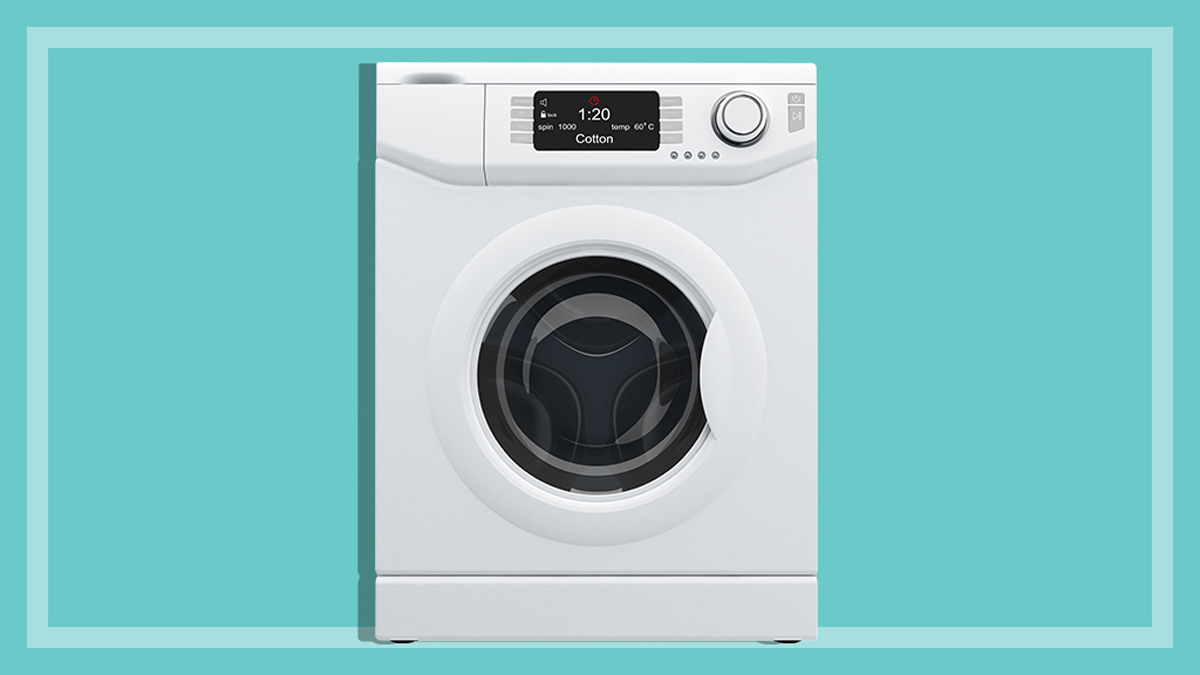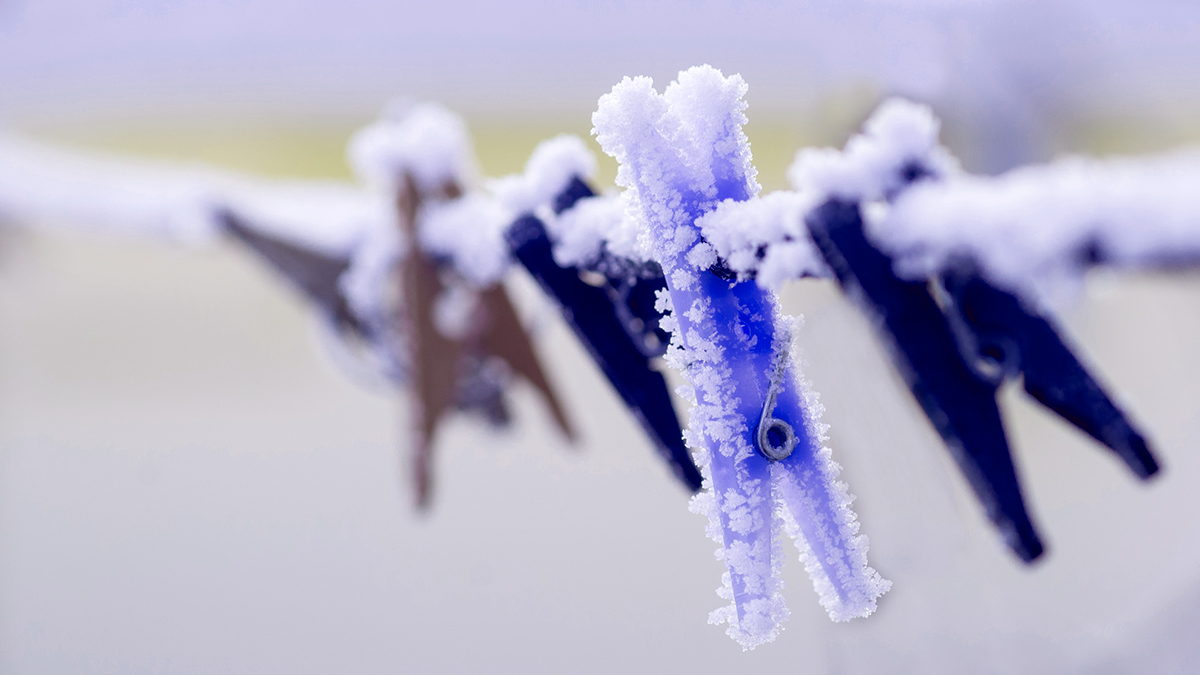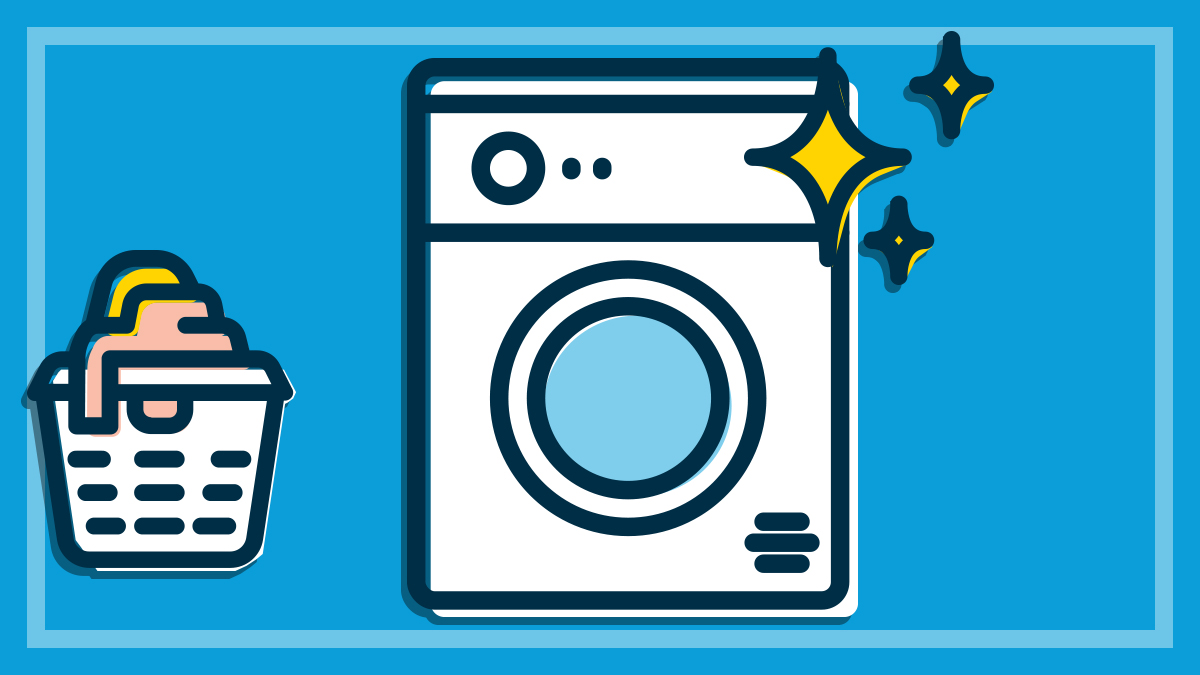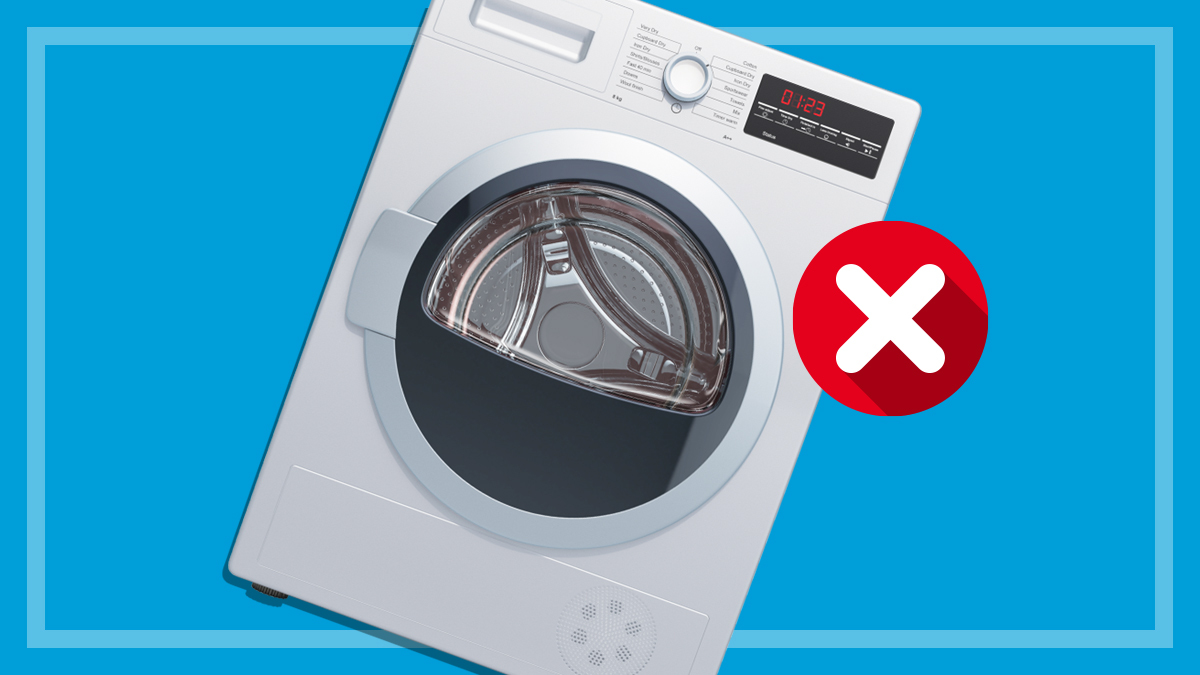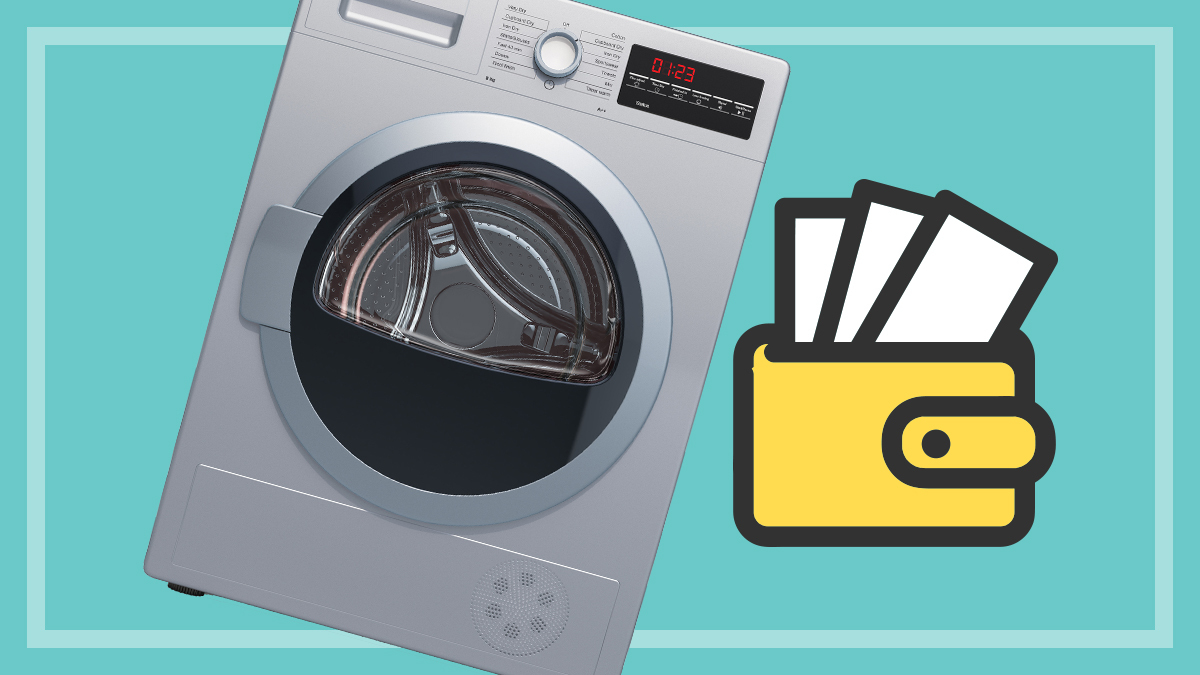Get our independent lab tests, expert reviews and honest advice.
Clothes dryer mistakes you might be making
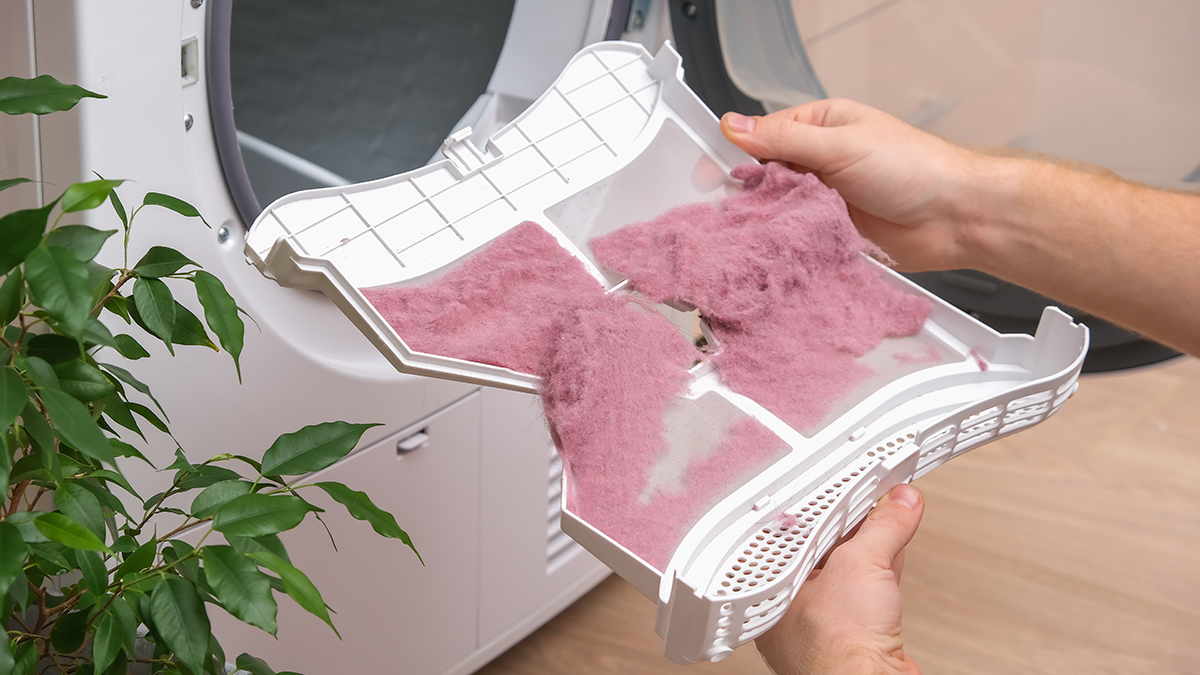
Who doesn’t love the convenience of a clothes dryer on a wet, miserable day? The only thing that could really beat it might be the invention of an automatic folder-and-put-away-er to finish the job.
But are you getting the most out of your dryer? It’s possible you’re making a few laundry faux pas that have the potential to cost you money, waste energy and even ruin your clothes.
Whether you use your dryer every day or only on the odd occasion, our laundry gurus have identified some of the most common mistakes you could be making that may jeopardise not only the quality and lifespan of your clothes and appliance, but also your bank balance.
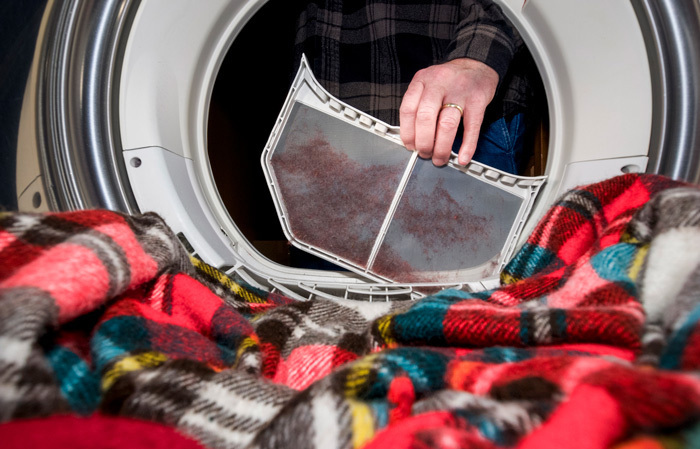
1. Not cleaning your lint filter
It may feel like a drag to remove the excess lint from your dryer’s lint trap after every use, but if you let the lint build up inside your dryer it will not only reduce your dryer’s efficiency, but it could also create a potential fire hazard, say CHOICE laundry experts.
This is because a blocked lint filter makes it harder for air to circulate through your clothes, making your dryer less efficient and causing the dryer to overheat, which could potentially cause a fire.
Our advice? Be safe rather than sorry and clean your dryer filter after every use.
2. Leaving your clothes in the dryer for too long
Over-drying your clothes in the dryer may degrade your clothing, causing excessive wrinkling or shrinkage over time. Many modern dryers have auto sensors or programs that automatically turn the appliance off when the clothes are dried, but there are many dryers and cycles that only use timers.
Over-drying also wastes energy, which can be an unnecessary expense (and we’ve all certainly noticed a hike in our energy bills of late).
It probably goes without saying, but you can save a great deal of energy and money by simply hanging your clothes on a line to dry. Sunshine is free, after all! And, if the days are looking a little gloomy, check out our tips for drying your laundry on rainy days.
3. Drying woollens in the dryer
You’ll want to avoid tumble drying your favourite woollen jumper as it may well irrevocably damage the fibres, say CHOICE laundry experts.
This is because, when wool is spun and made into clothing, the fibres are stretched out and straightened. When you apply heat, that stretch can relax and the fibres can retract, like a recoiling spring.
That said, some dryers do have a ‘woollens’ setting, but using it could be risky.
Although woollens settings on dryers are designed to be gentler than the regular settings and use lower heat, it’s safest not to use any heat or mechanical action at all. If you have the option of air drying then it’s better not to risk using the dryer, according to our experts.
Instead, dry your woollen items outside, but not in direct sunlight as this may cause colour fading. Dry in a shaded area and lay the garment flat to ensure the clothing maintains its shape.
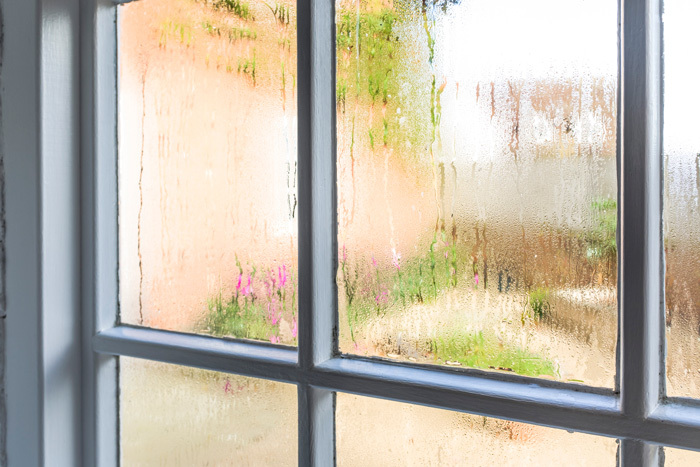
4. Not opening a window for ventilation
Have you ever walked into your laundry room when the dryer has been running for a while, and noticed condensation dripping down the walls? This can happen if you’re using a vented dryer and there is not enough ventilation in your laundry, which can cause a build-up of moisture.
Unfortunately, a build-up of moisture creates an optimum environment for mould spores to grow, especially on gyprock and fabric materials stored in and around the laundry.
If you’re unable to open a window or ventilate effectively when your vented dryer is in use, then we advise looking to buy a condenser or heat pump condenser dryer – they cost more to buy but are cheaper to run, so they can save you money in the long run, and won’t leave you with water dripping from the ceiling and down the walls. You can search the latest models and how they perform in our latest clothes dryer review.
5. Assuming expensive brands will dry better
Thanks to our extensive lab testing, we know that the price of the drier doesn’t necessarily correlate with its performance.
We regularly test a number of clothes dryers in our laundry labs, scoring each model on a specific set of criteria, including how well they dry, how long they take to dry and how efficient they are.
To measure each model’s drying performance, we assess the moisture content of a standard set of bed sheets, small towels and pillow cases before and after a specific drying cycle. The resulting moisture level should be neither too dry or too moist, with the optimal level being 4-4.5%, with anything up to 6% also considered very good (a moisture content below 2.5% may reduce the life of some garments and over 6% may not feel dry enough).
In our latest review, we had one condenser dryer model priced at $1999 that left clothes with a moisture content of 12%, and another heat pump dryer priced at $2599 that left clothes with a moisture content of 8.2%.
Thankfully, we’re able to recommend eight clothes dryers that deliver very good drying performance, and two of these are priced under $1000. That’s why it pays to check CHOICE reviews before you buy.
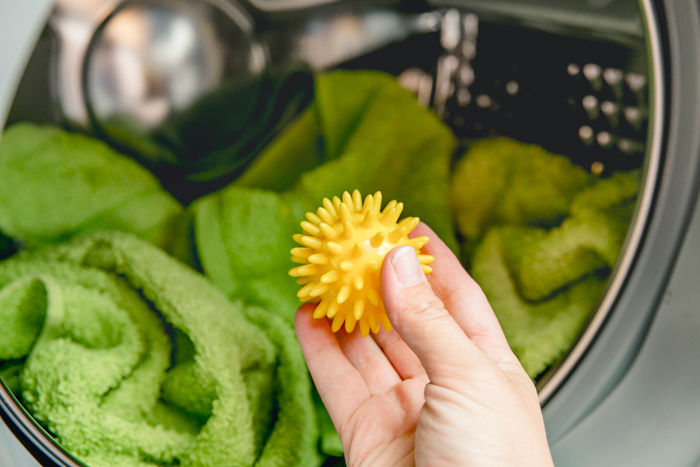
6. Using a dryer ball
Don’t get sucked into buying one of these gimmicks, say our laundry experts. According to our testing of a range of dryer ball products, they won’t make a huge difference, if any, to the time and energy required to dry your clothes.
It’s a better investment of your cash to ensure you have the most efficient clothes dryer possible.
7. Mixing thick, bulky items with thinner, delicate ones
While it may be tempting to throw a whole load into the dryer at once, you’ll likely get better results if you dry like items with like.
This is because fabrics with different weights can hold greater or lesser amounts of moisture, so they’ll dry at different rates – a thin garment will dry much quicker than a heavy denim or a towel, so that means you could be over-drying (and therefore damaging) some clothes, while others are still damp.
The same can also be said for the dryer itself. When buying a dryer, choose a size that suits your household’s needs rather than the biggest and best on the market. If you have a big dryer and are only putting a few things into each load, you’re not getting the best value in the long term.
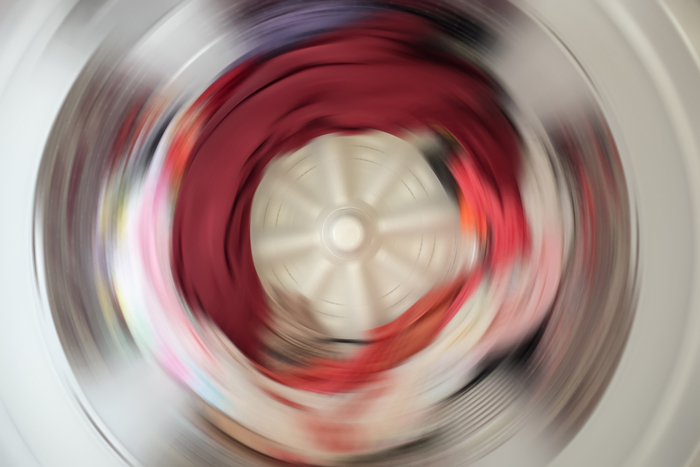
8. Not making the most of your washer’s spin speed
The spin cycle on your washing machine extracts moisture from your clothes to prepare them for faster drying.
Use the highest spin speed on your washing machine and, if you’re shopping for a new washing machine, look for one with a high spin speed so your washing will take less time and energy to dry.
9. Choosing the wrong type of dryer for your needs
There are several types of clothes dryer on the market – vented, heat pump, condenser, gas – and the type you choose should depend on your circumstances and priorities.
Don’t buy an expensive heat pump dryer if you’ll only use it a couple of times a year, or an energy-hungry vented dryer if you’re going to be using it every day.
If you can’t avoid using your dryer all year round, opt for one with a high energy-efficiency score in our CHOICE reviews or a heat pump condenser dryer. They cost more to buy but are cheaper to run so they can save you money in the long run. The more you use your dryer, the better an option this becomes.

